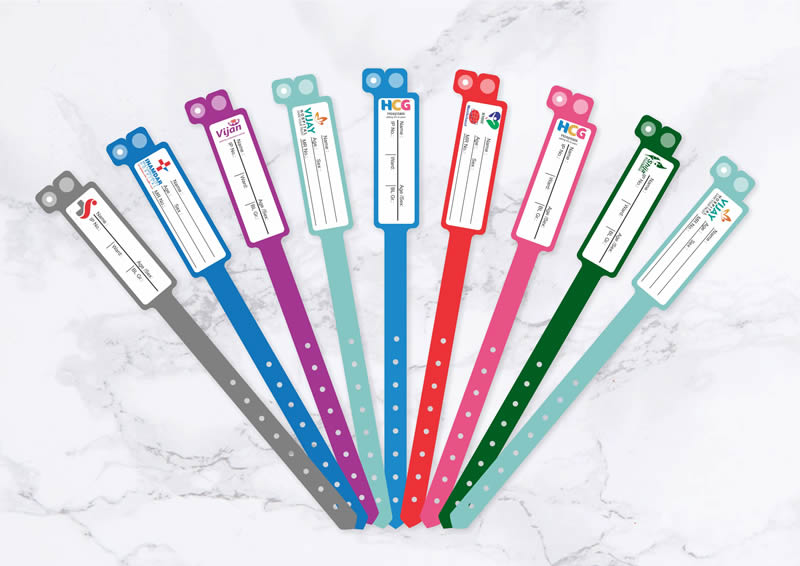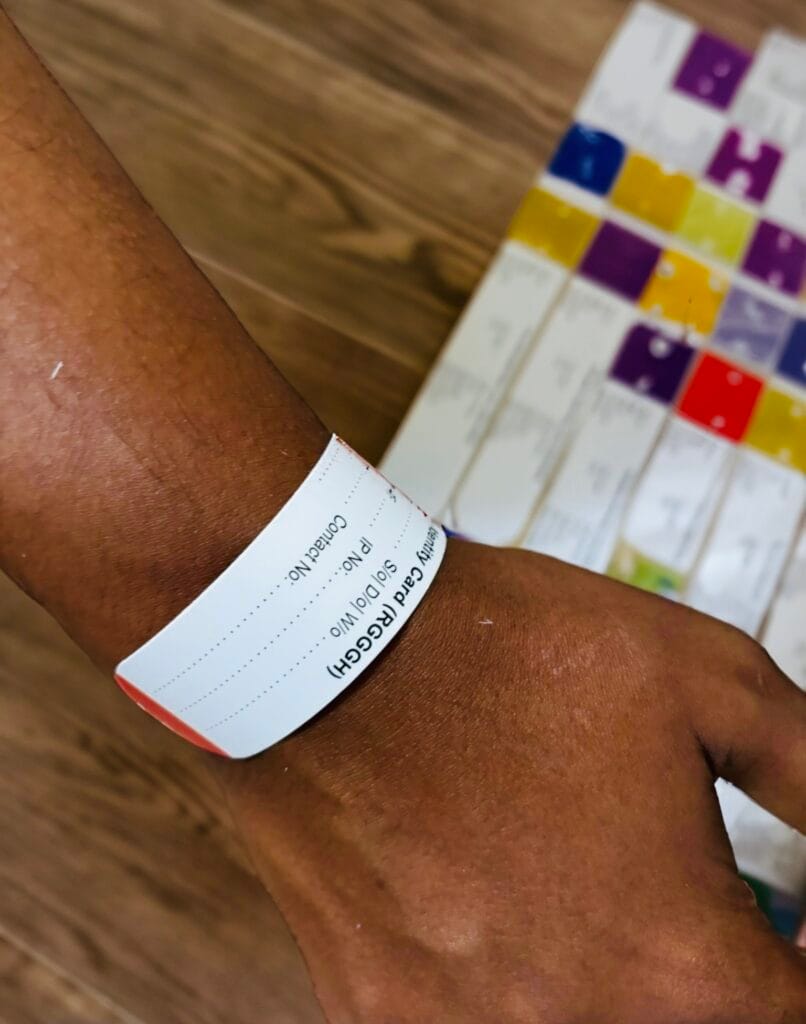The Trick Features of an Effective Patient Identification Band in Health Care
The Trick Features of an Effective Patient Identification Band in Health Care
Blog Article
Improving Individual Treatment With Effective Identification Bands
The application of effective recognition bands is a crucial component in improving client care within medical care setups. As the landscape of individual identification evolves, one should consider the implications of these systems on total medical care distribution and individual results.
Importance of Patient Recognition
Ensuring exact individual identification is critical in medical care setups, as it straight influences the safety and top quality of treatment offered. Misidentification can lead to serious mistakes, including carrying out the wrong medicine, doing wrong procedures, or miscommunicating crucial patient info. Such mistakes not only endanger individual safety and security yet can also result in lawful ramifications and reduced trust in healthcare systems.
Efficient individual recognition is fundamental to establishing a secure environment where clients get personalized and proper treatment. It facilitates the exact documentation of case histories, allergic reactions, and therapy plans, making certain that doctor have accessibility to important info in all times. In addition, robust recognition methods help improve communication among medical staff, improving partnership and lowering the threat of mistakes.

Types of Recognition Bands
Recognition bands play a vital duty in preserving exact client records and improving safety and security within healthcare settings. Numerous kinds of identification bands are made use of to cater to the specific demands and requirements of different patient populaces.

Another type is the ankle band, which is specifically helpful for babies and infants, making certain that recognition remains undamaged even during care procedures. Specialized bands, such as those for allergy informs or fall threat indicators, give added layers of safety by attracting instant attention to critical person conditions.
Recently, electronic recognition bands have actually gained appeal, integrating barcodes or RFID innovation that can be checked to promptly retrieve client information. These bands enhance operations and reduce the danger of human mistake during client identification processes.
Benefits of Efficient Identification
Reliable recognition of clients via using recognition bands adds significantly to overall client security and care high quality. By ensuring that each client is accurately identified, doctor can successfully match clinical therapies and treatments to the correct individual, decreasing the danger of mistakes. This is specifically crucial in settings with high patient turnover, where the possibility for misidentification is higher.
Moreover, effective identification bands boost interaction among healthcare groups. Clear and accurate person identification promotes collaboration and ensures that all staff member are conscious of a client's specific needs and clinical background. This interaction is important for delivering collaborated treatment, specifically in emergency situation scenarios where time is important.

Eventually, reliable identification through using identification bands not only safeguards individuals however also promotes a society of security within medical care centers (Patient Identification Band). By focusing on accurate identification, medical care organizations can enhance end results and boost the general client experience
Carrying Out Identification Systems
While the relevance of patient recognition is well acknowledged, the execution of robust recognition systems presents a facility difficulty for medical care organizations. Developing efficient recognition systems calls for a detailed approach, including technology, personnel training, and process assimilation.
First, organizations must pick suitable recognition technologies, such as barcode scanning, RFID, or biometric systems. Patient Identification Band. These innovations need to be assessed based on cost, functionality, and compatibility with existing infrastructure. A pilot program can assist identify possible concerns prior to full-scale execution
Following, comprehensive training for team is crucial. All employees should comprehend the relevance of precise individual recognition and be proficient in the usage of the selected innovations. Normal training updates and assessments can strengthen best practices and make certain continued conformity.
In addition, health care companies should develop standard treatments for person recognition across all divisions, boosting and decreasing disparities communication. Routine audits can aid determine gaps in adherence to these procedures.

Inevitably, a reliable my company application of identification systems not only enhances patient security however also fosters a society of liability and diligence within health care setups, making sure dependable and regular person care.
Future Trends in Person Recognition
Improvements in innovation are established to transform patient recognition practices in health care settings. The combination of biometric recognition techniques, such as fingerprinting and face acknowledgment, is anticipated to improve accuracy and protection. These modern technologies can significantly minimize the risk of misidentification, ensuring that individuals receive the appropriate therapies and drugs.
Furthermore, the implementation of blockchain innovation for patient documents is obtaining traction. This decentralized strategy can offer a protected and tamper-proof technique for managing person identifications, thereby streamlining accessibility to important information throughout different medical care suppliers.
Another pattern is the boosting use of mobile wellness applications that leverage QR codes for patient identification. These applications enable real-time updates and simple access to individual data, equipping medical care professionals to make educated decisions swiftly.
Furthermore, expert system (AI) is positioned to play a key function in assessing patient identification information, recognizing patterns, and anticipating possible recognition mistakes prior to they linked here happen.
As these innovations evolve, they promise not only to improve individual safety however additionally to boost the total efficiency of medical care delivery systems. Embracing these advancements will certainly be essential for future-proofing individual care practices.
Conclusion
Finally, efficient identification bands are necessary for enhancing individual safety and security and care top quality within medical care setups. By decreasing the risks related to misidentification, these bands facilitate exact and prompt info retrieval, ultimately improving interaction among doctor. The implementation of robust identification systems not just promotes a society of security however additionally placements health care institutions to adapt to future patterns in patient recognition technology, ensuring optimal outcomes for people in diverse clinical environments.
As the landscape of patient recognition evolves, one should consider the ramifications of these systems on overall healthcare shipment and person outcomes.Efficient patient recognition is basic to developing a safe environment where clients receive customized and ideal treatment. Inevitably, focusing on efficient person identification methods not only cultivates a culture of security yet likewise contributes to enhanced person results and total complete satisfaction with health care solutions.
Reliable recognition of individuals via the use of recognition bands adds considerably to total client safety and care top quality. The execution of robust recognition systems not only cultivates a society of safety but likewise placements healthcare institutions to adapt to future trends in client recognition modern technology, making sure ideal results for individuals in diverse medical settings.
Report this page